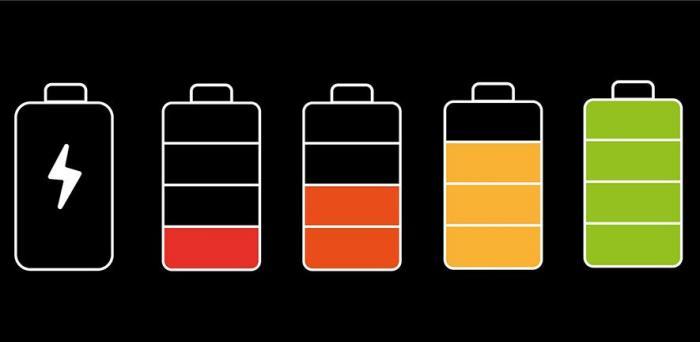Using the low-cost technique, the researchers identified the speed-limiting processes which, if addressed, could enable the batteries in most smartphones and laptops to charge in as little as five minutes.
The researchers, from the University of Cambridge, say their technique will not only help improve existing battery materials, but could accelerate the development of next-generation batteries, one of the biggest technological hurdles to be overcome in the transition to a fossil fuel-free world. The results are reported in the journal Nature.
While lithium-ion batteries have undeniable advantages, such as relatively high energy densities and long lifetimes in comparison with other batteries and means of energy storage, they can also overheat or even explode, and are relatively expensive to produce. Additionally, their energy density is nowhere near that of petrol. So far, this makes them unsuitable for widespread use in two major clean technologies: electric cars and grid-scale storage for solar power.
“A better battery is one that can store a lot more energy or one that can charge much faster – ideally both,” said co-author Dr Christoph Schnedermann, from Cambridge’s Cavendish Laboratory. “But to make better batteries out of new materials, and to improve the batteries we’re already using, we need to understand what’s going on inside them.”
To improve lithium-ion batteries and help them charge faster, researchers need to follow and understand the processes occurring in functioning materials under realistic conditions in real time. Currently, this requires sophisticated synchrotron X-ray or electron microscopy techniques, which are time-consuming and expensive.
“To really study what’s happening inside a battery, you essentially have to get the microscope to do two things at once: it needs to observe batteries charging and discharging over a period of several hours, but at the same time it needs to capture very fast processes happening inside the battery,” said first author Alice Merryweather, a PhD student at Cambridge’s Cavendish Laboratory.
The Cambridge team developed an optical microscopy technique called interferometric scattering microscopy to observe these processes at work. Using this technique, they were able to observe individual particles of lithium cobalt oxide (often referred to as LCO) charging and discharging by measuring the amount of scattered light.
Image: Batteries charging
Credit: Image by Alexandra_Koch from Pixabay
Reproduced courtesy of the University of Cambridge
